Singapore’s 15th Parliament Meets on September 5; Will It Deliver on Democratic Hopes?
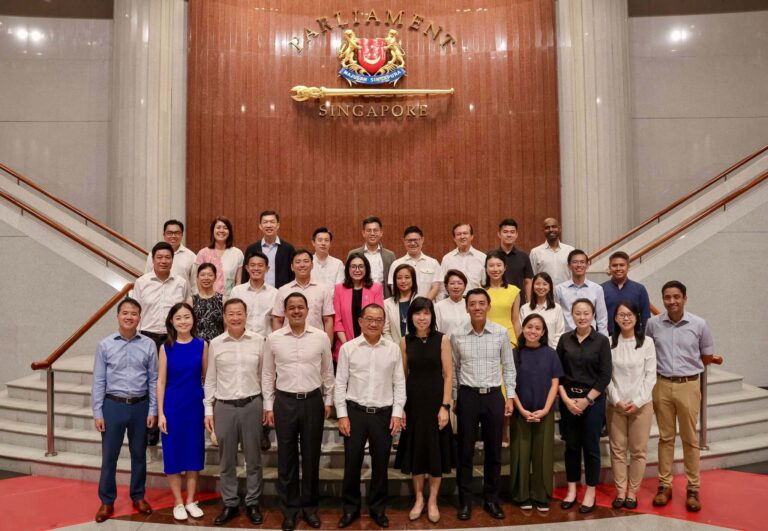
Singapore’s new Parliament starts September 5—will it live up to the legacy of the last? Here’s what the opening session may signal for the future.

Singapore’s new Parliament starts September 5—will it live up to the legacy of the last? Here’s what the opening session may signal for the future.
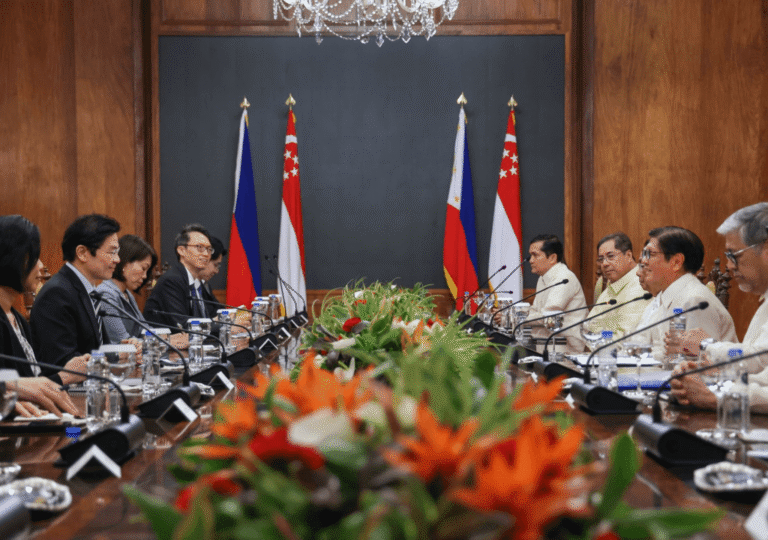
Singapore’s Prime Minister Lawrence Wong conducted his first official visit to the Philippines, reinforcing bilateral cooperation and underscoring the strategic significance of two key U.S. allies working together amid rising regional tensions.
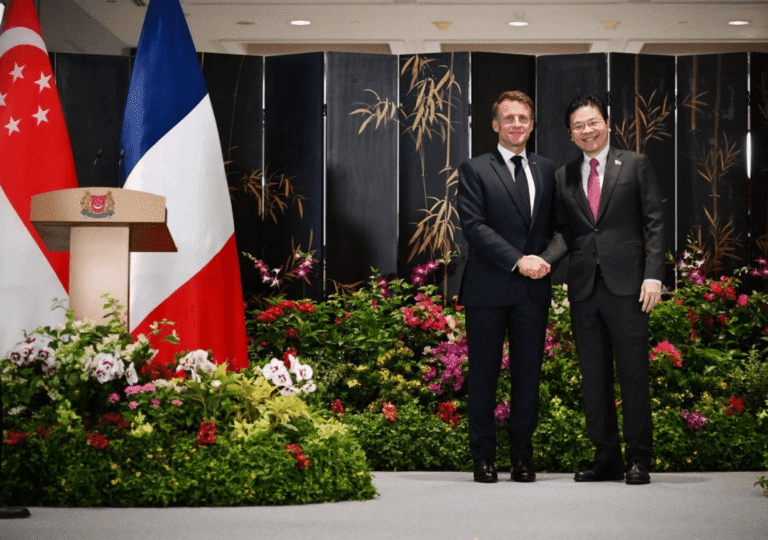
Singapore and France elevate bilateral ties with the signing of a Comprehensive Strategic Partnership—the first such agreement between Singapore and a European country
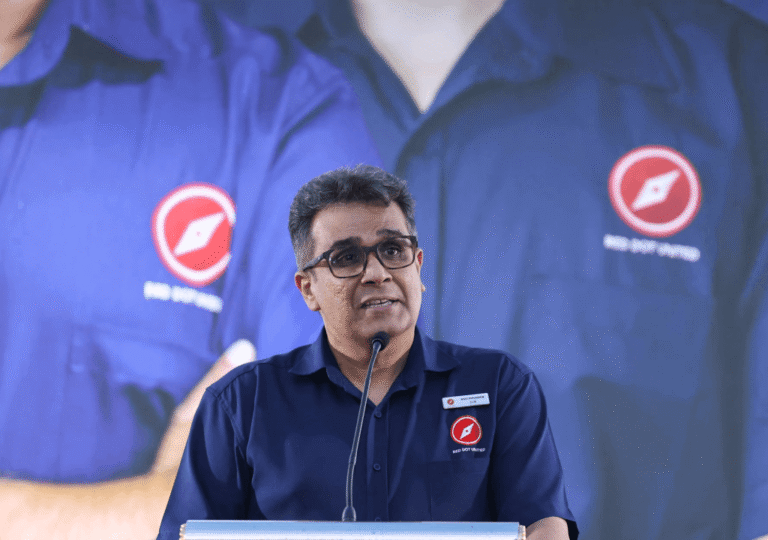
Red Dot United (RDU) proposes forming a shadow government to boost its political presence and offer alternatives in Singapore's evolving opposition landscape.
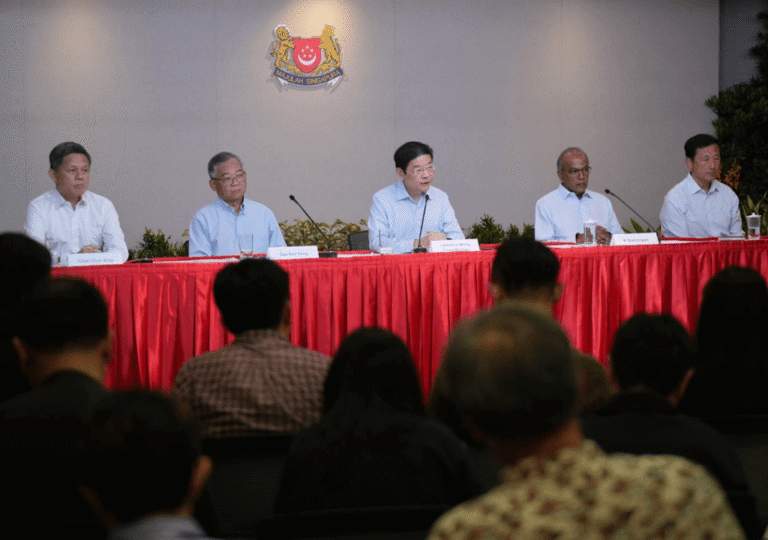
PM Wong announces a refreshed Cabinet, marking the full transition from 3G to 4G leadership and laying the groundwork for Singapore's next generation of leaders.

The Singapore Democratic Party (SDP) has launched a petition calling for comprehensive election system reforms as part of its new campaign ahead of the 2030 General Election.
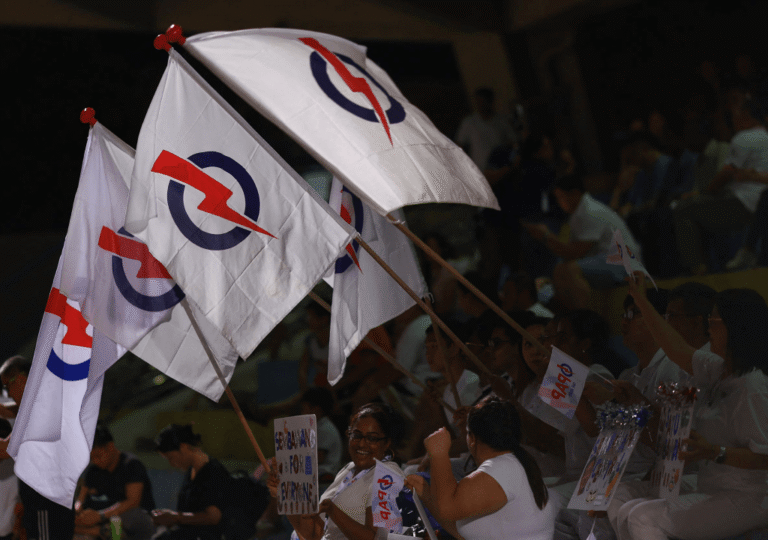
The PAP is reinforcing its ground presence by setting up new branches in Singapore, focusing on areas like Punggol, Tampines, and Tengah ahead of future elections.
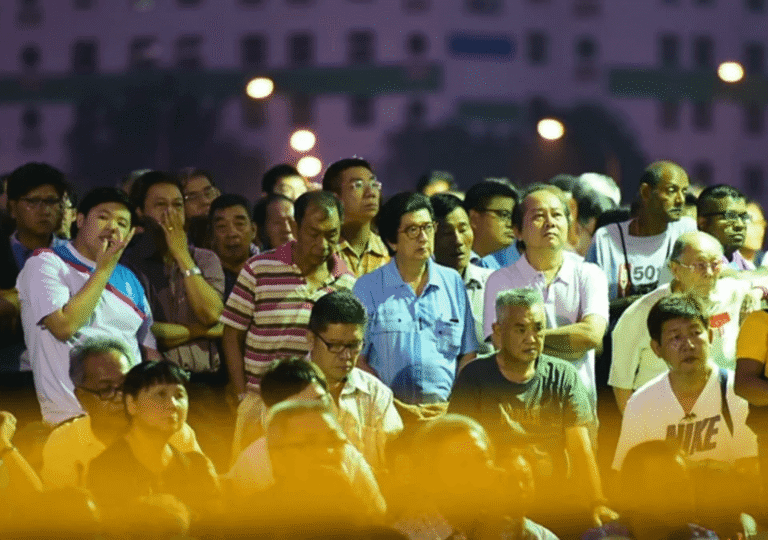
Why are opposition parties still sidelined in the Singapore general election? This article breaks down the political mindset and barriers they face.
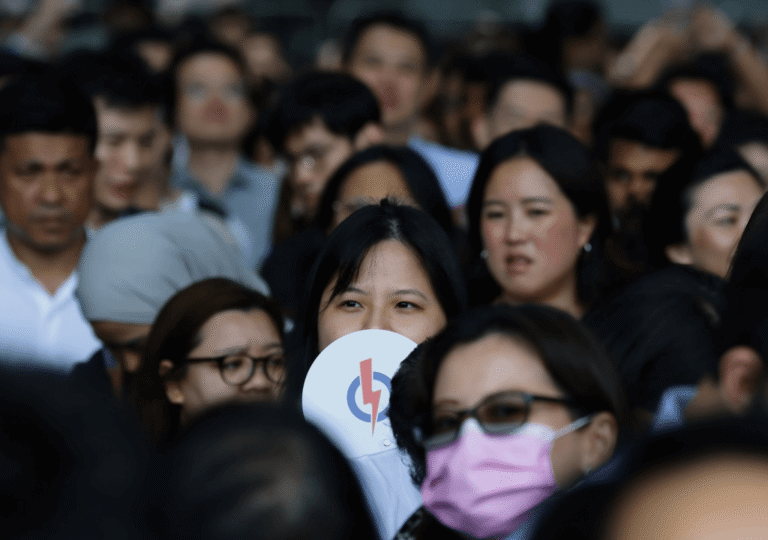
The Progress Singapore Party (PSP) faces a critical moment after its underwhelming performance in the 2025 General Election. With leadership challenges and an unclear political identity, can the PSP redefine itself as a credible opposition force in Singapore's political landscape?
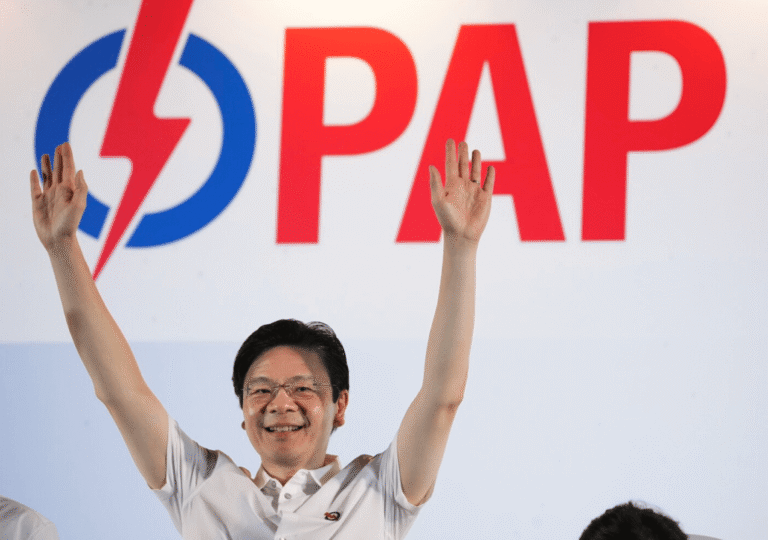
In the 2025 Singapore election, the People's Action Party (PAP) clinched a decisive victory, reinforcing its dominance, while opposition parties faced disappointing setbacks despite growing public calls for political diversity.